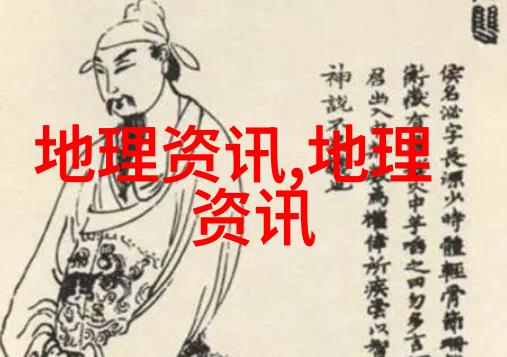深渊净化:揭秘地下水净化设备的工作原理与应用

地下水净化设备的需求与挑战
随着城市扩张,人口增长以及工业发展,地下水资源成为城市供水的重要来源。然而,这些地下水常常含有多种污染物,如重金属、农药残留和人工化学物质等,对人类健康和环境造成潜在威胁。因此,有效地对这些污染进行去除是地下水净化设备面临的一大挑战。

地下水净化技术概述
Underground water purification technology is a complex process that involves physical, chemical and biological methods to remove contaminants from the groundwater. The most common techniques include activated carbon filtration, reverse osmosis, ion exchange and ultraviolet (UV) disinfection.

活性炭过滤技术介绍
Activated carbon filtration is a widely used method in underground water treatment due to its high adsorption capacity for organic compounds and chlorine-containing substances. The activated carbon can be derived from natural sources such as coconut shells or manufactured from coal.

反渗透技术原理解析
Reverse osmosis is another effective technique used in underground water purification systems by applying pressure to force the contaminated water through a semi-permeable membrane with tiny pores, which filter out suspended solids, bacteria and viruses.

离子交换材料选择与应用
Ion exchange materials play an essential role in removing dissolved ions like heavy metals and nitrates from groundwater through an exchange reaction between the target ions and resin-bound counterions on the surface of ion-exchange resins.
UV消毒器在地下水处理中的作用分析
Ultraviolet (UV) disinfection is commonly employed in combination with other treatment methods to kill bacteria, viruses and fungi present in groundwater by emitting UV light at specific wavelengths that disrupts their DNA structure making them unable to reproduce or infect new cells thereby rendering them harmless for human consumption.
通过上述各点论述,我们可以看出,在设计和运用地下水净化设备时需要考虑到不同类型污染物的去除能力,以及如何结合不同的技术以提高整体去污效果。此外,还需关注操作成本、维护要求及长期效益等因素,以确保系统能够稳定、高效地为人们提供清洁可饮用的地下水资源。
标签: 地理资讯



